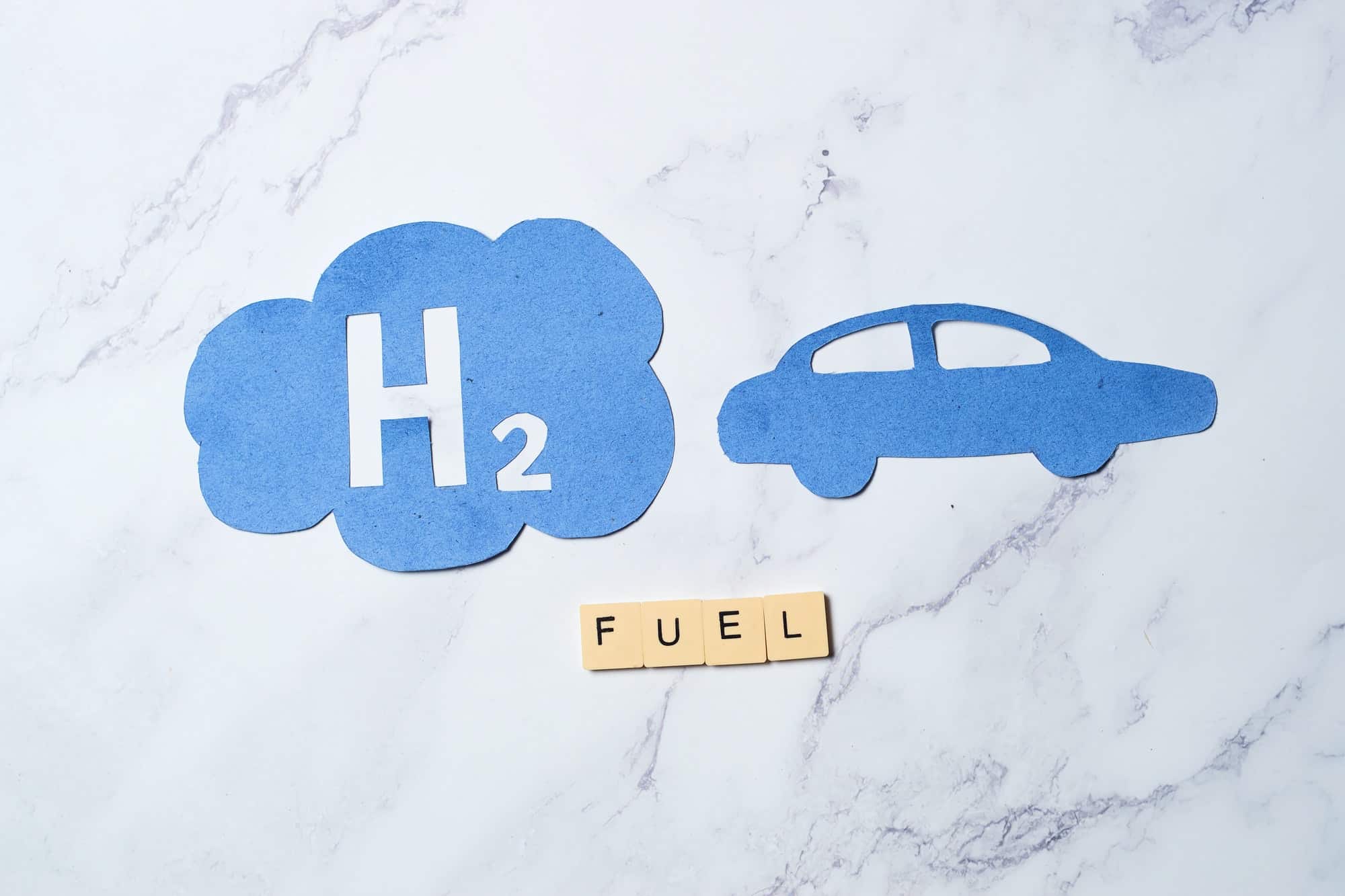What’s the Latest on Hydrogen Fuel Cell Technology for UK Public Transport?

As technology continues to evolve at an accelerated pace, our conventional vehicles are slowly being replaced with cleaner, more efficient alternatives. The shift towards sustainability has seen a significant interest in hydrogen fuel cell technology, especially in the public transport sector. This innovative technology holds considerable promise for a cleaner, zero-emission future for urban mobility. The UK, among other countries, is at the forefront of this revolution. This article is here to bring you up to speed about the latest developments in hydrogen fuel cell technology for public transport in the UK.
Hydrogen Fuel Cells: The Heart of Clean Energy Vehicles
Hydrogen fuel cell vehicles, or FCEVs, are powered by electricity generated from hydrogen. Unlike traditional internal combustion engines, these vehicles only emit water, making them a clean alternative to petrol or diesel-powered vehicles. The fuel cell technology is not new, but recent advancements have made it a viable alternative for powering public transport.
A découvrir également : What Are the Latest Developments in Deep Sea Robotics for Marine Research?
The principle behind hydrogen fuel cells is straightforward. It involves the combination of hydrogen and oxygen in a process known as an electrochemical reaction. The energy produced from this reaction is used to power the electric motor, which drives the vehicle. Unlike traditional battery electric vehicles, hydrogen fuel cell vehicles have a significantly quicker refuelling time and a longer driving range, making them a practical option for large vehicles like buses and commercial trucks.
Hydrogen Fuel Cell Buses in the UK: A Case Study of London
London, the capital city of the UK, is leading the way in adopting hydrogen power for its public transport. The city’s efforts to reduce air pollution and achieve zero-emission by 2050 have seen a shift towards greener technologies, particularly hydrogen fuel cell buses.
Sujet a lire : How Can Real-Time Analytics Optimize UK’s Smart Traffic Management Systems?
In 2020, London introduced 20 hydrogen-powered double-decker buses in a partnership with Wrightbus, a renowned bus manufacturer, and Ballard, a leader in fuel cell technology. The project was not only a significant step towards reducing the city’s carbon emissions but also provided valuable insights into the feasibility and performance of hydrogen-powered buses in real-world conditions.
Since then, the city has added more hydrogen fuel cell buses to its fleet. With the UK government committed to achieving net-zero carbon emissions by 2050, more cities across the country are likely to follow suit.
The Role of Wrightbus and Ballard in the UK’s Hydrogen Revolution
Wrightbus and Ballard have played a pivotal role in bringing hydrogen fuel cell technology to the UK’s public transport sector. Wrightbus, the UK-based bus manufacturer, is known for its cutting-edge designs and commitment to sustainable transport solutions. Meanwhile, Ballard, a Canadian company, is a global leader in fuel cell technology.
The partnership between the two has resulted in the production of the world’s first hydrogen-powered double-decker buses. These buses are not only zero-emission vehicles but also offer a similar range and refuelling time to their diesel counterparts.
The success of this collaboration has sparked interest from other cities and countries. It has demonstrated that it is possible to achieve sustainable public transport without compromising on performance or convenience.
The Government’s Role in Promoting Hydrogen Fuel Cell Technology
The UK government has been instrumental in promoting the use of hydrogen fuel cell technology in public transport. The government’s commitment to achieving net-zero carbon emissions by 2050 has resulted in several initiatives aimed at encouraging the use of cleaner technologies.
One of these initiatives is the "Hydrogen Transport Programme," which provides funding for projects aimed at demonstrating the potential of hydrogen as a transport fuel. Through this programme, the government has been able to support the deployment of hydrogen fuel cell vehicles and refuelling infrastructure across the UK.
The government’s efforts have not been limited to funding programmes. It has also implemented policies that promote the use of clean vehicles and discourage the use of polluting ones. For instance, the introduction of Low Emission Zones (LEZs) in various cities has led to an increased demand for zero-emission vehicles.
The Future of Hydrogen Fuel Cell Technology in UK’s Public Transport
The future of hydrogen fuel cell technology in UK’s public transport looks promising. With the government’s commitment to achieving net-zero emissions by 2050 and the successful deployment of hydrogen-powered buses in London, the stage is set for a wider adoption of this technology.
Several cities across the UK have already expressed interest in deploying hydrogen buses. Furthermore, the government’s funding programmes and policies are encouraging more companies to invest in the development and production of hydrogen fuel cell vehicles.
One of the main challenges for the wider adoption of this technology is the availability of hydrogen refuelling infrastructure. However, with the government’s support and the involvement of companies like Ballard and Wrightbus, the UK is well-positioned to overcome this challenge and become a leader in sustainable public transport.
The shift towards hydrogen is not a distant dream but a reality that is unfolding right before us. As we continue to witness advancements in this technology, it won’t be long before hydrogen-powered buses become a common sight on the UK’s roads.
The Hydrogen Transport Supply Chain and Infrastructure in the UK
The success of hydrogen fuel cell technology heavily relies on the efficiency and accessibility of the hydrogen transport supply chain and infrastructure. As the UK strives to shift towards hydrogen power for its public transport, significant efforts are being made to develop an extensive and robust hydrogen supply chain.
Wrightbus and Ballard, the pioneers of hydrogen buses in the UK, are not only focused on the manufacturing of these vehicles but are also working to ensure their efficient operation. Part of this involves a heavy-duty commitment to the development of hydrogen production and refuelling stations across the country.
As part of the Hydrogen Transport Programme, the UK government has allocated funding for the development of hydrogen production facilities and refuelling stations. The goal is to ensure that hydrogen is readily available and accessible to power the increasing fleet of hydrogen buses and other fuel cell electric vehicles.
Despite these efforts, the availability of hydrogen refuelling infrastructure remains one of the main challenges in the widespread adoption of hydrogen-fuelled public transport. Currently, there are only a handful of hydrogen refuelling stations in the UK, a number that needs to drastically increase if hydrogen buses and other fuel cell electric vehicles are to become commonplace on UK roads.
To address this challenge, the UK government is partnering with private companies to invest in and develop the necessary infrastructure. The aim is to establish a nationwide network of hydrogen production facilities and refuelling stations that can support the operation of hydrogen buses and other fuel cell electric vehicles.
The Impact on Air Quality and the Environment
Shifting to hydrogen power for public transport promises significant improvements in air quality and a reduction in environmental pollution. Hydrogen fuel cell vehicles produce zero tailpipe emissions, emitting only water vapour. This makes them a perfect solution for improving air quality in urban areas, where most public transport vehicles operate.
The impact could be even more significant considering that buses, being heavy-duty vehicles, are among the significant contributors to air pollution in cities. By replacing traditional diesel-powered buses with hydrogen buses, cities can drastically reduce their carbon footprint and improve air quality.
Conclusion
The use of hydrogen fuel cell technology in public transport is a game-changer in the UK’s fight against climate change. The successful deployment of hydrogen buses in London, coupled with the UK government’s commitment to achieving net-zero emissions by 2050, has set the stage for a paradigm shift in urban mobility.
However, the transition to hydrogen power is not without challenges. For hydrogen fuel cell technology to be widely adopted, the UK needs a robust and efficient hydrogen transport supply chain, from production to refuelling. The government’s investment in infrastructure development and partnership with private companies like Wrightbus and Ballard is a positive step towards overcoming this hurdle.
The shift towards hydrogen-powered public transport is not just about meeting emission targets. It’s also about improving air quality, reducing health risks associated with air pollution, and creating sustainable cities. It’s clear that the future of public transport in the UK is hydrogen, and that future is closer than we think.
